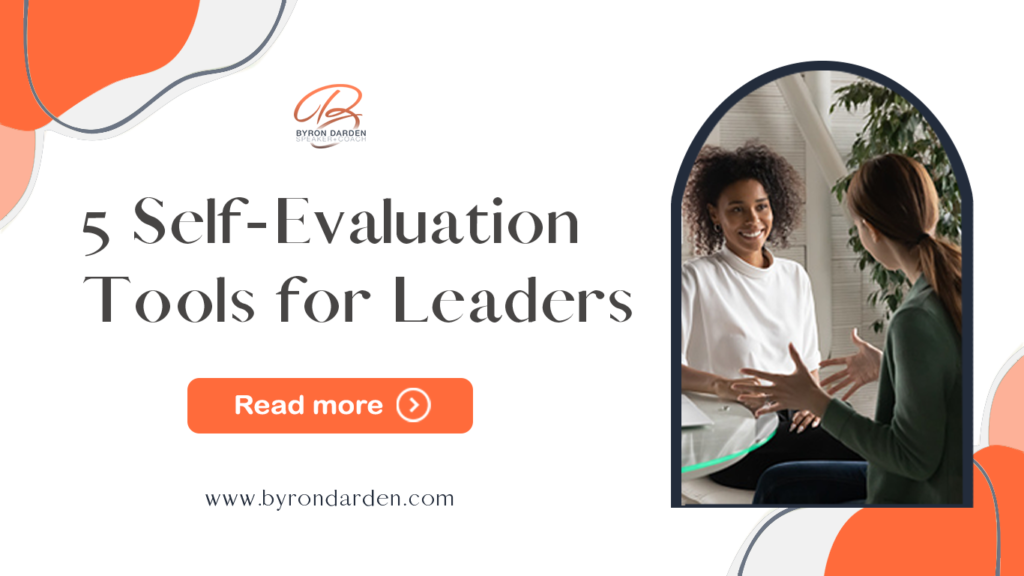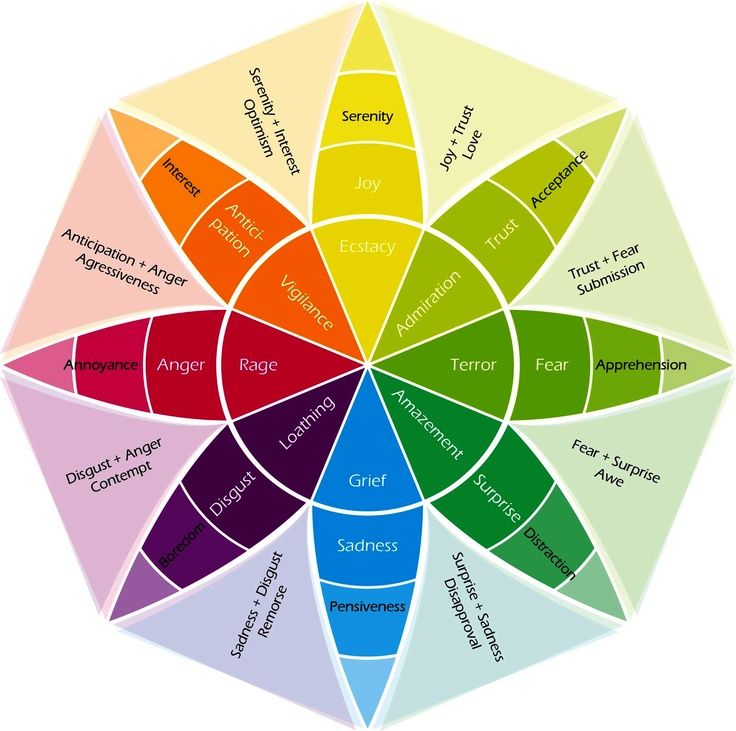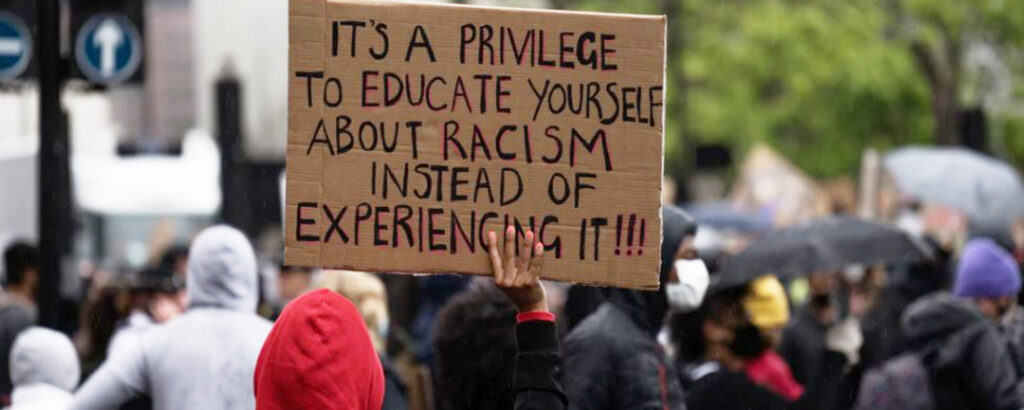
Successful businesses use the power of emotions to appeal to customers. These may include fear of missing out, the need to fit in, a way to make your lives easier, and more. The product or service seems disingenuous when emotions are not used in the creative process. The same logic applies to the use of emotions in the workplace.
Historically, we are taught that emotions do not have a role in the workplace – we are not to mix business and personal. The old way is to keep your feelings out of the decision-making process. Research finds that this is contrary to human nature and that businesses thrive when emotions are utilized correctly. Bringing a natural human aspect has immense positive effects.
A leader that utilizes emotional intelligence adapts to situations quicker and more effectively. Rather than react impulsively from an emotional place, a leader utilizing emotional intelligence responds thoughtfully and in control to authentically express emotions so that the message is received from a place of congruence.
Company culture thrives on empathy and inclusiveness. Conflicts are handled with honesty and fairness.
Emotional intelligence involves understanding your own emotions and using those emotions in your dealings with others. Included is an effective grasp of how others perceive the emotions of others and using this reasoning to understand and manage your teams.












